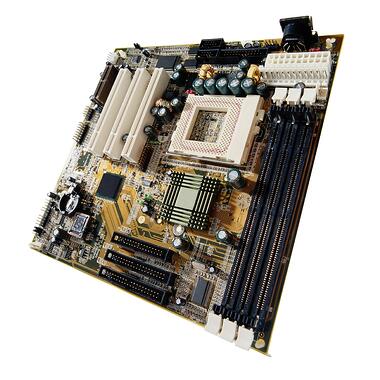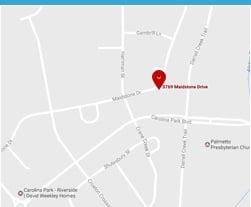
After countless hours of hard work, there's nothing more frustrating than discovering that your PC board design is flawed. A slight miscalculation can require you to backtrack as a result of sizing constraints. Even if all components fit, an error could cause the board to have operational deficiencies, and finding the root cause can be expensive and time-consuming. Wouldn't it be a lot easier if there were a for you to increase the odds of getting your design "just right" during your first go at it? Because we want to help you succeed, we've put together these tips and tricks for avoiding potential design iterations and expensive PCB re-spins.
1. Begin With a Space Study
It's smart for engineers to kick things off with a space study. This will enable you to map out how all of the critical components (i.e.: FPGAs or processors, power supplies, ICs, or any component of a substantial size/height) will actually fit into the available board area. During this phase, you'll be able to identify any potential layout issues or risks early on so that you can determine if you'll need to substitute any parts, consider PCB form factor mods, or the possible need for fundamental alterations to the architecture of the device. Doing this very early on in the design process is key to preventing your plans from getting too far underway before you realize that things aren't going to work out the way you had hoped. The best course of action is to take care of this step before schematic capture has actually begun as a means of limiting any design iteration cycles.
2. Get Started on Pre-Layout SI Analysis
Once the results of the space study are in, you'll have the vital data that you need in order to begin a pre-layout Signal Integrity (SI) analysis. You don't need to put this phase off until after the PCB routing is finalized before getting started. If you have a preliminary stack up, layer assignments, and estimated trace lengths, you're good to go for running these simulations via the use of a 3D field solver. This will work to validate the selected board parts and topologies of the high-speed signals. The results of the SI simulation will further pinpoint layout constraints during this phase of the project, showing you where minor design tweaks and refinements can and should be made. When you keep this step toward the beginning of the design process, it can be done in parallel with detailed schematic work, shaving time off of the development schedule.
3. Consider Layer Count 
The overall thickness of the PCB can present certain challenges - especially since our technology is continuously shrinking while growing increasingly complex. When you need to fit a PCB for a very small edge connector, for example, the layer count is extremely limited, and certain required components can actually increase your plane thickness, making the job even more difficult. It's very important to give thought to your layer usage from the get-go. When you assign groups of signals to your stack up layers right away, you may be able to prevent roadblocks that require you to use increasingly challenging PCB fabrication techniques in order for your design to fit.
4. Consult with the Professionals
When in doubt, seek out some backup help from a contract manufacturing company that you can trust. Sometimes you may find that yourself and your team are struggling to overcome certain obstacles with layout, bulky components, layer thickness, or other related issues. In cases like these, one of the best things you can do is bring in a fresh new set of eyes in order to evaluate the needs of your device and to help you come up with a fool-proof set of plans that will meet your demands for board capabilities, budget, and size.
Stick with these tips and get it right the first time, every time!





